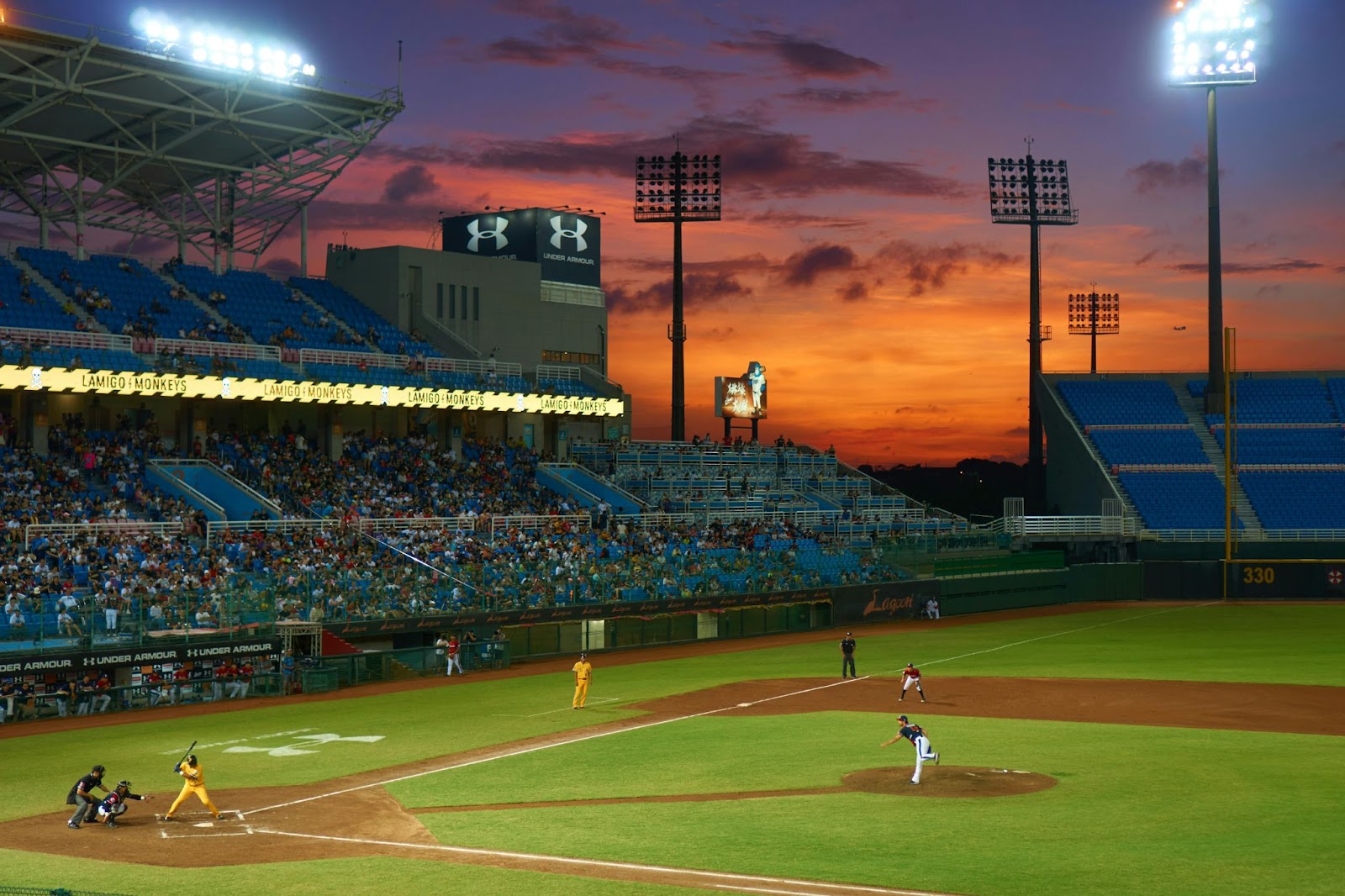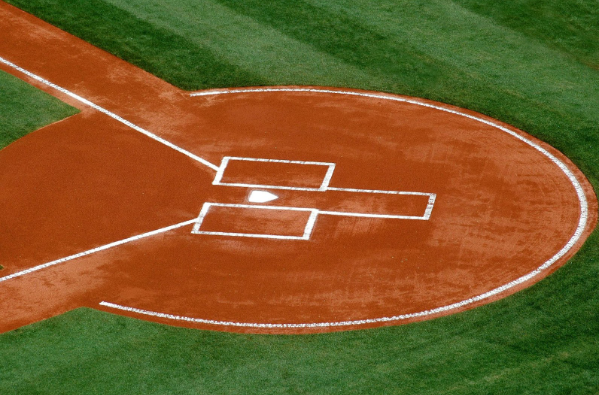How Baseball Field Materials Affect Playability and Safety
The crowd’s buzzing. Cleats hit the dirt. A batter steps up. It’s game time.
But before the first pitch is even thrown, the real game starts, with the field itself.
Most people don’t think twice about what’s under their feet. But players? They feel every inch. A weird bounce. A slip on a slide. A slow puddle that never drains. That’s not bad luck, that’s bad baseball field materials.
Whether you’re building a new field or fixing a worn-out one, the materials you choose matter more than you think. They shape how the game plays and how safe it is to play. Because the best fields don’t just look good, they perform. Every inning. Every step. Every time.
Why Field Composition Is a Game Changer
Close your eyes and picture it: The shortstop is ready. The batter makes contact. The ball skips along the dirt… then takes a wild hop and slams into someone’s shin.
What happened?
Bad bounce. And chances are, it had nothing to do with luck and everything to do with what’s underfoot.
When a baseball field is built with the wrong materials, or the right ones, poorly installed, play becomes unpredictable, messy, and even dangerous. You get…
- Dust clouds with every slide.
- Slippery base paths.
- Puddles that just won’t drain.
- Weird bounces that make fielders look bad.
Great baseball field materials do the opposite. Even after a rainstorm or consecutive games, they give the field a smooth, reliable, and secure feel. Because of this, what enters the field is just as crucial as who enters it.
The Infield: It's Not Just Dirt. It's Design.
Think infield, and you probably think “dirt.” But that’s like calling a bat a stick. A good infield is engineered, not just dumped and raked.
The perfect infield mix strikes a balance between three ingredients:
- Clay for firmness and structure.
- Sand for drainage and softness.
- Silt to hold it all together.
Too much clay? You’re dealing with sticky, brick-like mud after rain. Too much sand? It turns into a beach on a windy day. Too much silt? Say hello to compaction and poor ball bounce.
An excellent infield should retain its shape even after forceful slides, feel smooth underfoot, and absorb moisture without becoming swampy. It takes the right supplier and the right recipe for that to happen.
Western Materials specializes in providing player-approved and field-tested custom infield blends. Their staff ensures that your infield performs flawlessly, whether you're renovating an existing school field or creating one from the ground up.
Outfields and Drainage: Don’t Let the Grass Fool You

The outfield may look like a big green pillow, but don’t be fooled, it needs serious structure beneath that grass.
Without proper drainage and a stable foundation, you end up with:
- Swampy low spots
- Ruts from cleats or mowers
- Uneven turf that throws off footing
That’s where Regular Road Base quietly steps in as a hero. Under the turf, this crushed rock mixture compacts firmly, forms a smooth base layer, and encourages appropriate drainage. It’s like the bones of the field, unseen, but absolutely essential.
Use it under turf, warning tracks, walking paths, or foul territory. No more standing water. No more ankle-twisting soft spots. Just a field that plays right every time.
It’s the kind of detail the pros know, and now, you do too.
Pitcher’s Mounds & Batter’s Boxes: Built for Impact
These zones are ground zero for action. Pitchers push off the rubber with full force. Batters twist, step, and swing again and again. That’s a lot of stress in a small space.
Without high-quality, high-clay mound and plate mixes, these areas fall apart fast, literally. Holes form. Players lose footing. Injuries happen.
That’s why the top layer needs heavy-duty clay that holds firm and allows for quick re-packing between innings. But below that? It’s all about a strong, stable base.
You guessed it, Regular Road Base gives these high-impact zones the foundation they need to stay safe and consistent over time.
You wouldn’t build a house on sand. Why build your mound on anything less?
Playability: Because the Field Shouldn’t Fight the Game
Ever watched a game on a perfect field? It flows. Players look sharper. The game moves cleaner. The fans feel it, even if they don’t know why.
That’s playability, and great baseball field materials make it possible.
What makes a field “playable”?
- Ground balls bounce true
- Cleats grip just right
- Rain drains quickly
- Slides are smooth, not painful
A playable field brings out the best in your athletes. A poorly built one? It becomes a distraction, or worse, a liability.
Want fewer rainouts, fewer injuries, and better games? Start with better materials.
Safety: The Hidden Factor in Every Field Decision
You don’t need to be in the big leagues to care about player safety. In fact, local leagues and school teams are often the most at risk, because they’re playing on fields built without the right materials.
The wrong surface can lead to:
- Sprained ankles
- Cuts and abrasions
- Slips, falls, and collisions
- Chronic joint stress
Every layer, from the topsoil to the Regular Road Base beneath it, plays a role in keeping players protected.
The safest fields are built, not just maintained. And that starts with understanding your materials and how they work together.
Choosing a Supplier That Knows the Game
You can’t fake field experience.
Western Materials has worked with contractors, schools, parks, and athletic directors across California to supply fields that play right and last long. From custom infield blends to decorative rock, turf base, and Regular Road Base, their team knows how to match material to purpose and deliver it fast.
Having a team that understands it can save you a lot of time, money, and headaches, whether you're planning a new complex or simply trying to fix up the JV field before the playoffs.
Frequently Asked Questions
1. What are the key materials needed to build a quality baseball field surface?
You’ll need infield mix, mound clay, and Regular Road Base to create a safe, durable, and playable baseball surface.
2. Why is Regular Road Base used under baseball fields instead of regular dirt?
It drains water fast, holds structure, and keeps your field from turning into a muddy, uneven mess.
3. Can the wrong field materials actually affect player safety or ball performance?
Yes, poor materials cause bad bounces, slippery footing, and injuries. The right mix keeps playing safe and consistent.
4. How do I know which materials go where on a baseball field?
Each zone needs something different. A trusted supplier helps you match materials to each field area perfectly.
5. How often should I replace or maintain baseball field materials like mound clay?
Seasonally for infields, monthly for high-traffic zones. Good maintenance keeps your field game-ready all season long.
Final Thoughts
Baseball is beautiful because of its precision. So why leave your field up to chance?
The truth is, baseball field materials are just as critical as gloves, bats, and cleats. They shape how the game feels. How safe is it? How confident your players move. And how long does your field last?
Don't take shortcuts, whether you're renovating what you already have or starting from scratch. Use the right materials. Build for performance. And think about what’s beneath the surface, like dependable Regular Road Base that sets the tone for everything above it.
Need help getting started? Reach out to Western Materials today. Because great fields don’t happen by luck, they happen by design.



.jpg)
.jpg)
.png)
.png)


.png)


